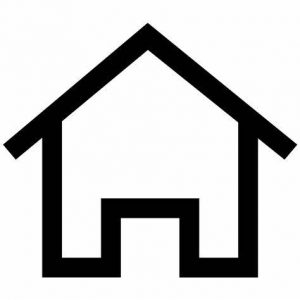





INTERVENTIONS
Various areas that will play particular roles in the Chan Chan Archaeological and Environmental Park have been delineated.
Essentially, these are:
- Cultural and management areas (museum and management centre)
- Recreation areas (canals, fountains, flowerbeds, children’s games, open-air training courses)
- Functional areas (transport, parking, electricity cabin, waste treatment and disposal etc.)
Following the guidelines adopted by the Italian Mission since the beginning of its collaboration with the Ministerio de Cultura, the proposed interventions listed below are intended to develop new forms of information and training, increase the cultural involvement of the local population, and enhance the unique features of this archaeological complex. The interventions are divided into those that should be carried out soon to prevent possible imminent damage, and those that are less urgent.
SHORT-TERM INTERVENTIONS
- Mark the boundary polygons on the ground with concrete blocks
The Core Zone polygon, already established by law, will be laid out in the field using suitable identifiable components so as to create impassable barrier. The Buffer Zone, bordered by a second polygonal boundary, will constitute an outer enclosure offering protection against any attempted contraventions of the building restrictions imposed.
- Repair the northern boundary
The northern part of the Buffer Zone, currently invaded by illegal settlement, will be rehabilitated as part of a zoning plan that limits building work throughout the Buffer Zone.
- Construct a perimeter barrier
The front-line protection of the site from criminals or vandals interested in the archaeological finds involves the construction of the perimeter barrier. This might be built according to different criteria depending on the area concerned.
- Perimeter reforestation
Following a specific plan, the choice of tree species and places where reforestation work will be conducted will be decided so that the Mall and any new buildings constructed in the adjacent Buffer Zone will not be visible from the archaeological complex.
- Procedure for moving the animal feed factory
- Surveillance system with cameras
Taking advantage of the construction of the perimeter fence, a surveillance system should be created by placing cameras at strategic points in this huge park.
- Visiting the archaeological areas
The ‘archaeological tourism’ aspect of the park will concern archaeological research and excavation, plus the documentation and conservation of all the remains unearthed – so that the entire site will constitute a display area for visitors.
MEDIUM AND LONG-TERM INTERVENTIONS:
- Organization of green and recreation areas
Areas of vegetation will be arranged to create diverse zones that offer moments of tranquillity and meditation among plants, flowers, water features and footpaths along irrigated waterways. Other more peripheral areas could instead favour group meetings for board games, dances, the practice of sport and outdoor educational activities.
- The Huanchaco-Trujillo road and Chan Chan’s integrity
The greatest damage to Chan Chan’s integrity is that inflicted by the Huanchaco – Trujillo road. Two possible interventions are proposed to resolve this problem. The first consists of building an underground tunnel under the Huanchaco Trujillo road at the shortest point between the two edges of the polygon. If this is not a practicable solution, it is proposed that the road should be closed and the Via Avitamiento – which would remain the only Trujillo-airport-Huanchaco connection – be widened.
- Construction of the Totora (giant bullrush) Ecomuseum
One of the most important medium-term interventions is the proposed creation of an ecomuseum centred on the historical production of totora (giant bullrush) canes, cultivated since the Chimú era along the north coast of Peru in the La Libertad, Ancash and Lambayeque regions. The use of the totora along Peru’s northern coast has been declared National Cultural Heritage by the decentralized La Libertad regional directorate of the Ministerio de Cultura, since it maintains “… ancestral knowledge and practices still in use that constitute a mainspring of social and economic life, as well as a reference point for the cultural identity of fishermen, craftsmen and the local population”.


